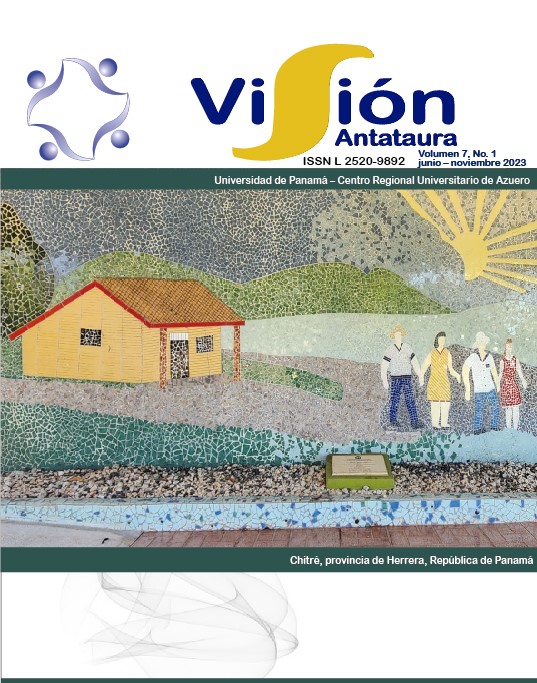

Copyright (c) 2023 Visión Antataura

This work is licensed under a Creative Commons Attribution-NonCommercial-ShareAlike 4.0 International License.
The use of camera traps for the detection of terrestrial vertebrate is a technique that allows the collection of data on species in a given place and space, being a method used for the study of terrestrial vertebrates such as birds. The richness and abundance of species in the Mamoní Valley Reserve was analyzed through the installation of 15 camera traps divided into 11 photo-trapping stations from February to December 2021. Thirteen bird species were recorded, belonging to 10 families and eight orders, where the order Galliformes presented the highest species richness (n=4). The most abundant species were Crax rubra (n=83, IAR=50.80%) and Tinamu major (n=55, IAR=43.16%), and they also presented the highest capture rate with 19.10% and 16.19%, respectively. Nine species were detected under some category of threat. We can establish that the photo-trapping method, due to its non-invasive character, is an appropriate technique to complement the methods based on direct observation, particularly for monitoring walking species that are difficult to detect due to their evasive behavior.